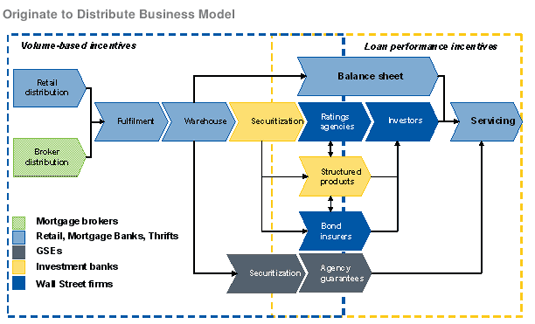Pathology of the US Mortgage Crisis
Abstract
In the past nine months the global credit market saw a "flight from uncertainty" that dislocated market liquidity, caused enormous writedowns across asset classes and geographies, panic interest rate cuts in the US, and the fall of Bear Stearns, the once fifth-largest US investment bank.
The speed, severity, and magnitude of the turmoil that has swept through the financial markets in the past nine months has taken many market participants by surprise. What started as a US subprime mortgage crisis has turned into a global credit crunch. The turn of events was breathtaking. In a new report, , Celent attempts to explain how the US subprime crisis precipitated a major global economic downturn by providing answers to the following questions:
- What actually happened?
- Why did it happen?
- How will the US mortgage industry change?
At the core of the recent turmoil is an altered mortgage business model. With the remarkable growth in securitization, the simple "originate and hold" model has evolved to incorporate an alternative and more complex "originate to distribute" model. The incentives in this model have encouraged large-scale production of low quality mortgages. Diffuse distribution of risk followed in this context, as credit risk was removed from the originating institutions and dispersed via the capital markets in the form of risk-bearing securities. The fragility of this system became evident as the drop in US house prices precipitated high default levels among over-leveraged borrowers, Exposure to the these losses was transmitted partly via the securitization market to financial institutions around the world.

Source: Oliver Wyman
"Despite its evolution, the 'originate to distribute' model has not become obsolete," says Mayiz Habbal, SVP of Celent's Securities & Investments group and co-author of the report. "There will still be a need for securitization and investors willing to hold the resulting bonds. As such, this model is here to stay. However, it will undoubtedly change and be derisked."
The 27-page report contains 22 figures and one table. A table of contents is available online.
Members of Celent's research services can download the report electronically by clicking on the icon to the left. Non-members should contact info@celent.com for more information.
